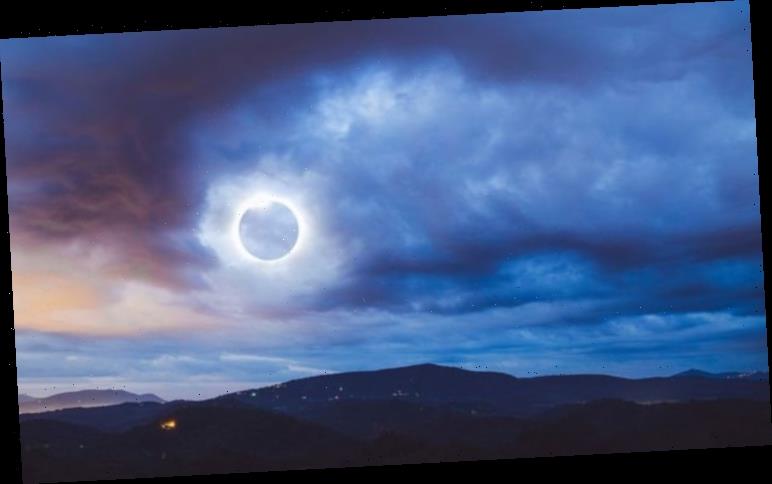Scenic Eclipse: Executive chef discusses on board catering
This year’s only total eclipse of the Sun arrives on Monday, December 14. Such an incredible celestial event takes place when our celestial orb obscures the Sun, creating momentary night-time along its path of totality. The eclipse will track across the southern end of South America and, as a result, those in certain areas of Chile and Argentina will – weather permitting – be lucky enough to witness the full eclipse.
Those within a band outside the narrow path of totality should be able to catch a partial eclipse.
US-based space agency NASA has provided a map to view the limits of the viewing zone here.
We will use your email address only for sending you newsletters. Please see our Privacy Notice for details of your data protection rights.
What time will the eclipse of the Sun occur?
The eclipse will unfortunately not visible from any area of the UK.
Monday’s total eclipse of the Sun instead starts in the Pacific Ocean, where it will make landfall in Chile at 11.38am (2.28 GMT).
The moment the Moon completely blocks the sun – known as totality – will commence in Saavedra at 1pm local time (4pm GMT), lasting 2 minutes, 4 seconds.
Eclipse enthusiasts living closer to the centre of the path of totality can expect to experience to 2 minutes, 10 seconds of totality.
How to safely watch the eclipse of the Sun:
The only time that you can safely view a solar eclipse without special equipment is during a total solar eclipse.
This is when the Moon completely obscures our solar system’s only star.
Be aware it is never safe to view a partial solar eclipse without proper safety equipment.
When the Sun is briefly in total solar eclipse it is safe to look at it, but this should only be with extreme caution.
DON’T MISS
Alien discovery: Astronomers ‘very confident’ we are not alone
Leaked secret Pentagon UFO task force shows mysterious object
Utah Monolith: Alien hunter says structure may have gone to Area 51
Such a total eclipse, as on Monday, will last only a brief period.
Viewers will consequently run the risk of getting solar burn on their retina, capable of causing permanent damage to their eyes.
A safer bet for those interested in eclipses is to watch the event via a live stream.
San Francisco’s Exploratorium will provide a live telescope feed from 4.02pm GMT (8.02am PT) on Monday, via their Facebook page and YouTube channel.
The approximate 56 mile-wide (90km) trajectory of eclipse totality will proceed to travel across both Chile and Argentina.
The final area to witness the total eclipse before it moves over the Atlantic Ocean will be in Salina del Eje, Argentina, which is estimated to end in 1.25pm local time (4.25 GMT).
A partial eclipse can be seen as far north as Ecuador, while Antarctica will also be exposed to up to a 40 percent partial solar eclipse.
The next total solar eclipse will appear over South America on December 4 in the new year.
Source: Read Full Article




